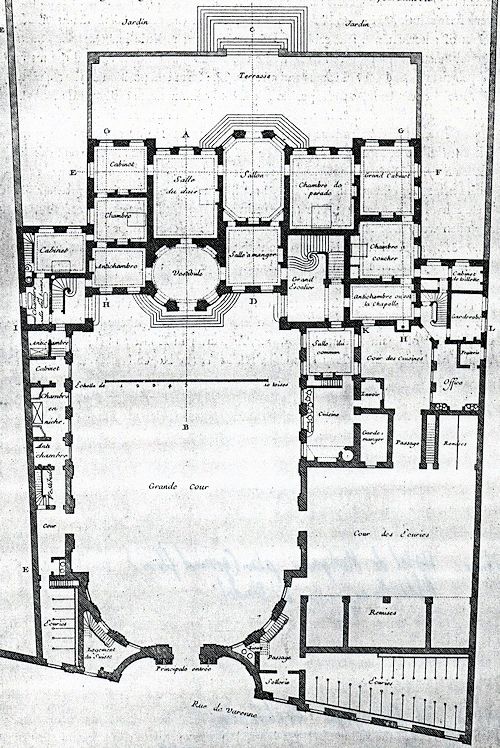the philadelphia school, deterritorialized | junkyard plus ultra |
| An architecture of complexity and accommodation does not forsake the whole. In fact, I have referred to a special obligation toward the whole because the whole is difficult to achieve. And I have emphasized the goal of unity rather than of simplification in an art "whose . . . truth [is] in its totality."45 It is the difficult unity through inclusion rather than the easy unity through exclusion. 45. August Heckscher: The Public Happiness, Atheneum Publishers, New York, 1962; p. 287. |
Gestalt psychology considers a perceptual whole the result of, and yet more than, the sum of its parts. The whole is dependent on the position, number, and inherent characteristics of the parts. A complex system in Herbert A. Simon's definition includes "a large number of parts that interact in a non-simple way."46 The difficult whole in an architecture of complexity and contradiction includes multiplicity and diversity of elements in relationships that are inconsistent or among the weaker kinds perceptually.
46. Herbert A. Simon: in Procedings of the American Philosophical Society, vol. 106, no, 6, December 12, 1962; p. 468. |
The ingenious double axis hotel in Paris, even in its originally more open setting, accommodated outside spaces differently at the front and back. With similar justification, Hawksrnoor's Easton Neston yields a tense disunity between front and side. The discontinuous elevation on the intimate garden side away from the long axis, accommodates varieties of spaces and levels inside and necessities of scale outside.
| Robert Venturi, Complexity and Contradiction in Architecture (1966), p.89. | Robert Venturi, Complexity and Contradiction in Architecture (1966), pp.89-90. |
www.quondam.com/40/4041h.htm | Quondam © 2020.04.10 |

